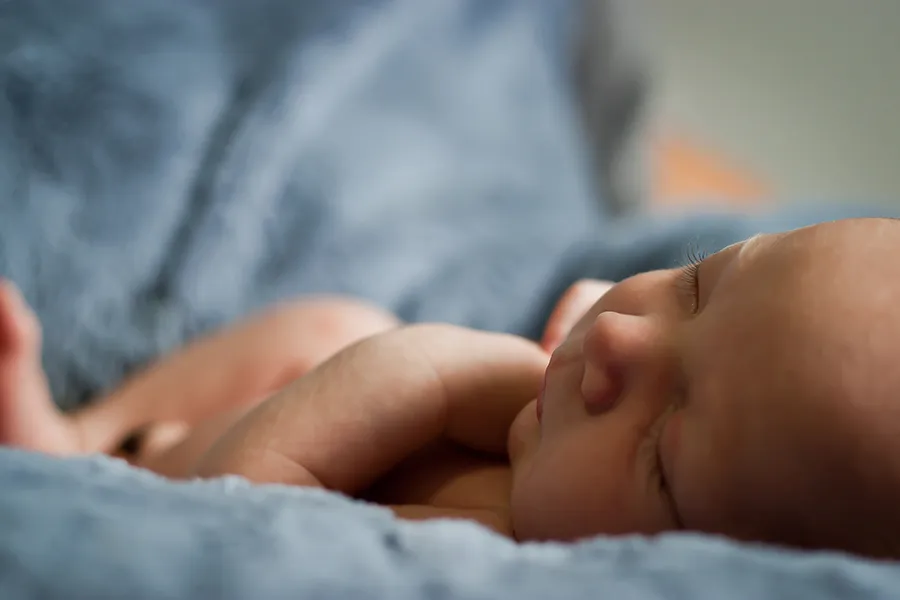
Reykjavik, Iceland, Mar 8, 2018 / 11:19 am (CNA/EWTN News).- As Iceland's parliament continues to consider a bill that would bar circumcision for non-medical reasons, the head of the country's Catholic diocese has expressed concerns over religious persecution.
“To us it looks like this can be an opportunity for those who are interested in this matter to misuse the subject of circumcision in an attempt to persecute individuals for their religion,” said Bishop David Tencer of Reykjavik, according to RUV, Iceland's public broadcaster.
Circumcision is a religious ritual in both Judaism and Islam. Jewish boys are circumcised eight days after birth, while Muslim practices vary widely.
The proposed bill states that “Anyone who…causes damage to the body or health of a child or a woman by…removing sexual organs shall be imprisoned for up to 6 years.”
Female genital mutilation has been banned in Iceland since 2005.
The bill was introduced by Silja Dogg Gunnarsdóttir of the Progressive Party of Iceland, who said, “We are talking about children's rights, not about freedom of belief. Everyone has the right to believe in what they want, but the rights of children come above the right to believe.”
A recent poll suggests that 50 percent of Icelanders support the ban, 37 percent oppose it, and 13 percent have no opinion.
The health risks and benefits of circumcision have been a topic of debate for several years in some European countries, although none have banned the practice outright.
Iceland, which has a population of around 334,000, has a small Muslim population of less than 1,500, and an even smaller Jewish population of fewer than 250.
Agnes Sigurðardóttir, the Lutheran Bishop of Iceland, has warned that “the danger that arises, if this bill becomes law, is that Judaism and Islam will become criminalised religions. We must avoid all such forms of extremism.”
Yair Melchior, chief rabbi of Denmark, and and Yoav Melchior, rabbi of Oslo, have commented that “There is no country in the world now that bans circumcision. This sets a dangerous precedent that may affect other countries.”
Ahmad Seddeeq, an imam at the Islamic Cultural Centre of Iceland, said that circumcision “is something that touches our religion and I believe that this is… a contravention [of] religious freedom.”
If you value the news and views Catholic World Report provides, please consider donating to support our efforts. Your contribution will help us continue to make CWR available to all readers worldwide for free, without a subscription. Thank you for your generosity!
Click here for more information on donating to CWR. Click here to sign up for our newsletter.



Why, they’re really Jews aren’t they? Why serve Jewish and Muslim interests while pushing the Catholic Church aside? And circumcision? IT SHOULD BE FORBIDDEN AND RECLASSIFIED AS GENITAL MUTILATION AND CHILD ABUSE WHICH IS WHAT IT IS.
Interesting: ‘The proposed bill states that “Anyone who…causes damage to the body or health of a child or a woman by…removing sexual organs shall be imprisoned for up to 6 years.”’
Circumcision does not ‘remove’ an organ, so it might not be covered by this law. However, ‘gender-reassignment’ surgery does remove organs, and this law would (presumably) prevent those surgeries.